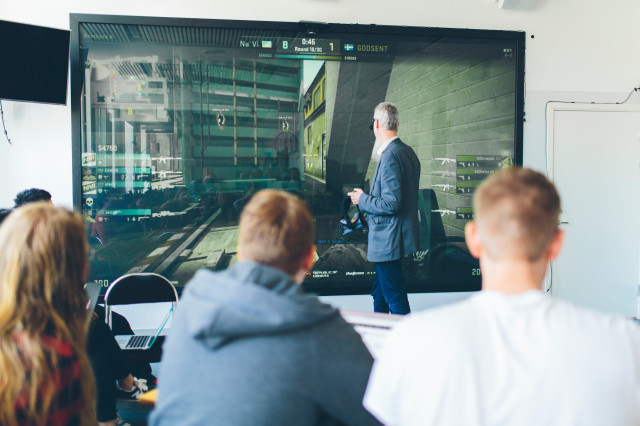Overview about aims and methods for image analysis, image processing and computer vision. Orientation about biological seeing and visual perception. Properties of the perspective image formation.
Basic image analysis: signal theoretical methods, filtering, image enhancement, image reconstruction, segmentation, classification, representation.
Basic computer vision: multiscale representation, detection of edges and other distinctive features. Stereo and multi-camera systems. Object recognition, morphology.
After completing the course with a passing grade the student should be able to:
• identify basic concepts, terminology, models and methods in computer vision and image processing
• develop and evaluate a number of basic methods in computer vision and image processing systematically
• choose and apply methods for processing of image data related to image filtrering, image enhancement, segmentation, classification and representation,
• account for basic methods in computer vision as multiscale representation, detection of edges and other distinctive features, stereo, movement and object recognition to
• later as a working professional be able to decide how basic possibilities and limitations influence the choice of methods in image processing and computer vision for specific applications
• independently be able to implement, analyse and evaluate simple methods for computer vision and image processing
• be able to read and apply professional literature in the area.
